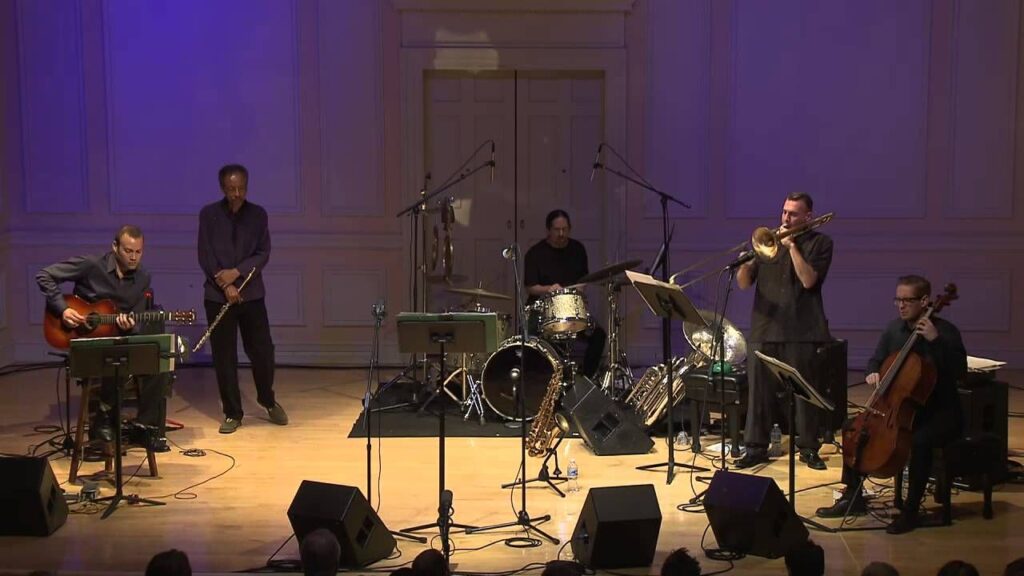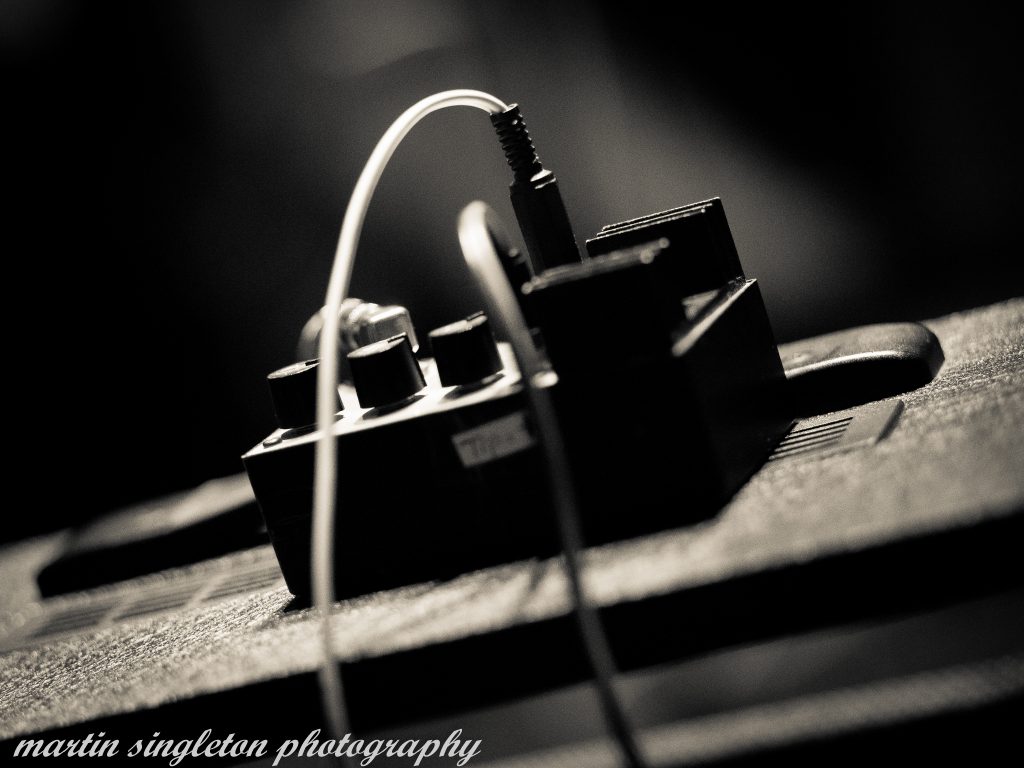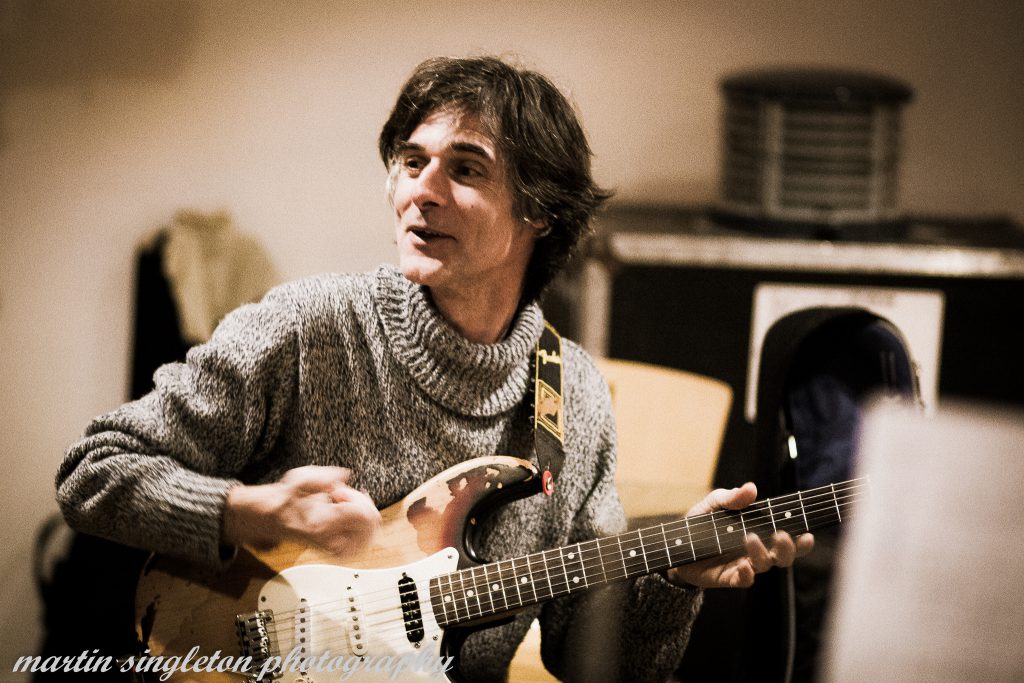
Experimentation is something which will keep someone’s playing fresh. It is true that some people are more prone to exploring different musical ideas compared to others, but anyone can learn to look at other approaches how to learn to play the guitar, or how to make music. You do not need to be a expert or someone with a lot of experience under their belt. All you need to do is want to grow and become better as a guitar player and a musician.
In this article I will briefly explore two different ways you can use for your music making to add a fresh spark to your own playing.
The Material You Work With/Are Learning at the Moment :
First let us have a look at the material you are learning, or the kind of material you are playing with.
You may have set yourself the goal to become a better improviser and you may have learned a few scales to play in position. Why not learn to play those same scales over one string?
Why one string you may wonder? Because it will teach you how far apart each note is. “Am I playing a half tone apart from the previous note or is this a whole tone above the one I am playing now?”.
The character –tone if you like— of a scale is determined by whole-and half tones. Combining whole-and half tones will create intervals and certain intervals will give each scale its unique tone. Getting to know where those notes are is crucial, and playing them on one string is a simple thing to do. If you have never thought of this, try it now today to experience the difference in how you vision that particular scale.
Another example of the material you are playing with could be the songs you are playing at the moment: Let us say you are playing some cover songs. Why not change the key of the song?, play different chord shapes compared to the ones you are already using.
Why would you do this you may wonder? It will make you think about where to play those chords, it will also make you think about the key of the song. In case you sing with your songs, you will learn how to sing in different keys. It is not all that hard, it just takes a bit of work to get used to playing your songs in different keys. You may find that some keys actually sound better for the songs you are playing. You will only find out by exploring different keys, so give it a go!
The Equipment Your Are Using:
For this section we are looking at the equipment such as guitars, amps and pick-ups of your guitar you could experiment with.
Most musicians at the start of their playing career will not bother with changing amps and guitars constantly. Why should they? If you are new to things you need to first learn how your guitar and your amp sound as they are at the moment. Since this takes time, it is a good idea to stick to your same set-up for a while and just play and learn how things sound the way they are at the moment. You can explore your different amp- and pick-up settings, since they will make a difference to your sound, but no need to get another amp and guitar yet!
When should you get another amp-or guitar? It all depends on how much you play, how good your first guitar and amp are. If they are of good quality you will discover new sounds as your playing progresses. Your hearing will improve and will start to notice what your amp-and guitar are capable of. You will also notice their shortcomings.
The progress of your playing starts with your own skills and equipment will only enhance and inspire your playing. A amazing player will make budget equipment sound fabulous. Keep working at your musical skills all the time!
Before you decide to buy another guitar or amp, ask around what any of your musical friends use. You may even be able to borrow something of them, something you are not familiar with, to broaden your musical horizons.
Today there are many amplifiers available, and most of these amps are very versatile. They may be good at giving you the sounds you like. On the other hand, a versatile amp may not be as good as a amp which will only give you one particular sound.
Today guitar amps have more bells and whistles, which makes them very versatile, compared to the amps of the last fourty/fifty years ago. Exploring different type of amps will give you a better insight into how things work and what works for you as a player.
Most musicians end up using different guitars-and amps because it inspires. One set-up is not good for all kinds of music, it may be good for certain things, so a bit of experimentation helps. Educate yourself on the sounds you like and want to explore and find out what kind of equipment you would need to create those sounds.
The world of sound is as deep as the world of musical technique and music theory. Working with sound is certainly something you will need to get used to if you have never explored any sounds before.
Apart from exploring different kind of amps-and guitars, you can have a look at using effect processors. Using effects makes you think in a different way about songwriting: You can write a whole songs-or musical idea, based on a particular sound. Again, this is something you may never have experienced before, so give it a go if you are interested in your guitar playing and music making.
Next to exploring effect processors you could look at guitar pick-ups: changing them will have a huge impact on your sound. Again, first make sure you really know the sound of your current set of pick-ups before you explore a different set. The sound you want to make is mostly in your hands and head and your choice of pick-ups will only enhance that sound. Make sure your have the technique you need underneath your finger tips before you blame your equipment on the lack of any musical inspiration.
As anyone who reads this, you will realise this list is only a small sample of things you could experiment with in your own guitar playing and music making. Once you will start exploring with whatever you like to explore in your own playing, you will discover other options of how to play the guitar. The options are really infinite and different players will explore different musical avenues, and after all, that is what all this exploring is about—–Finding new, and fresh ways how to make music with the guitar.
Hope you did find this useful and hope to see you again for more musical ideas to play with.
Thanks,
Eddie










